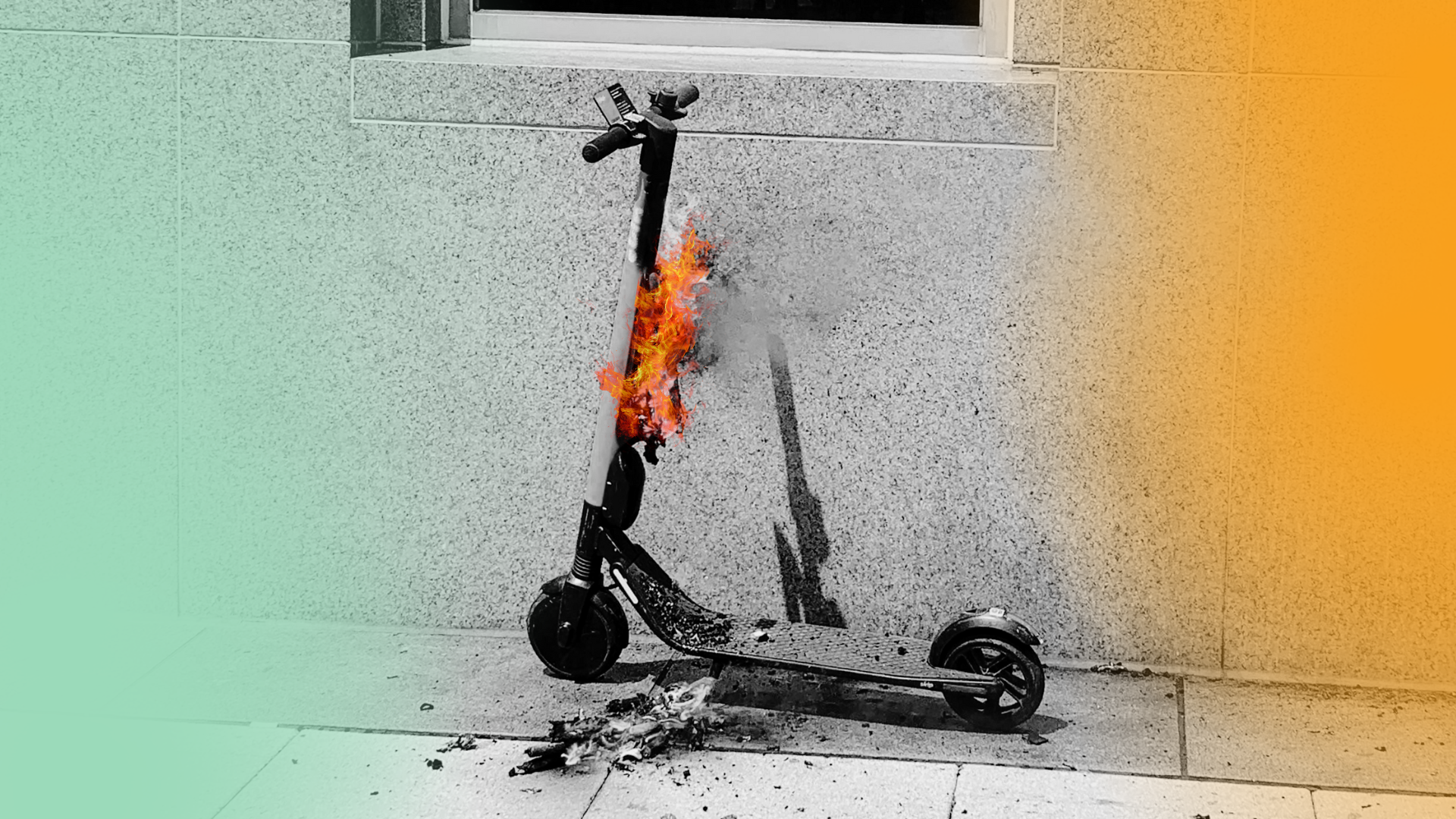Our Top 3 EV Home Chargers in 2024
Some top picks for home car chargers in 2024.
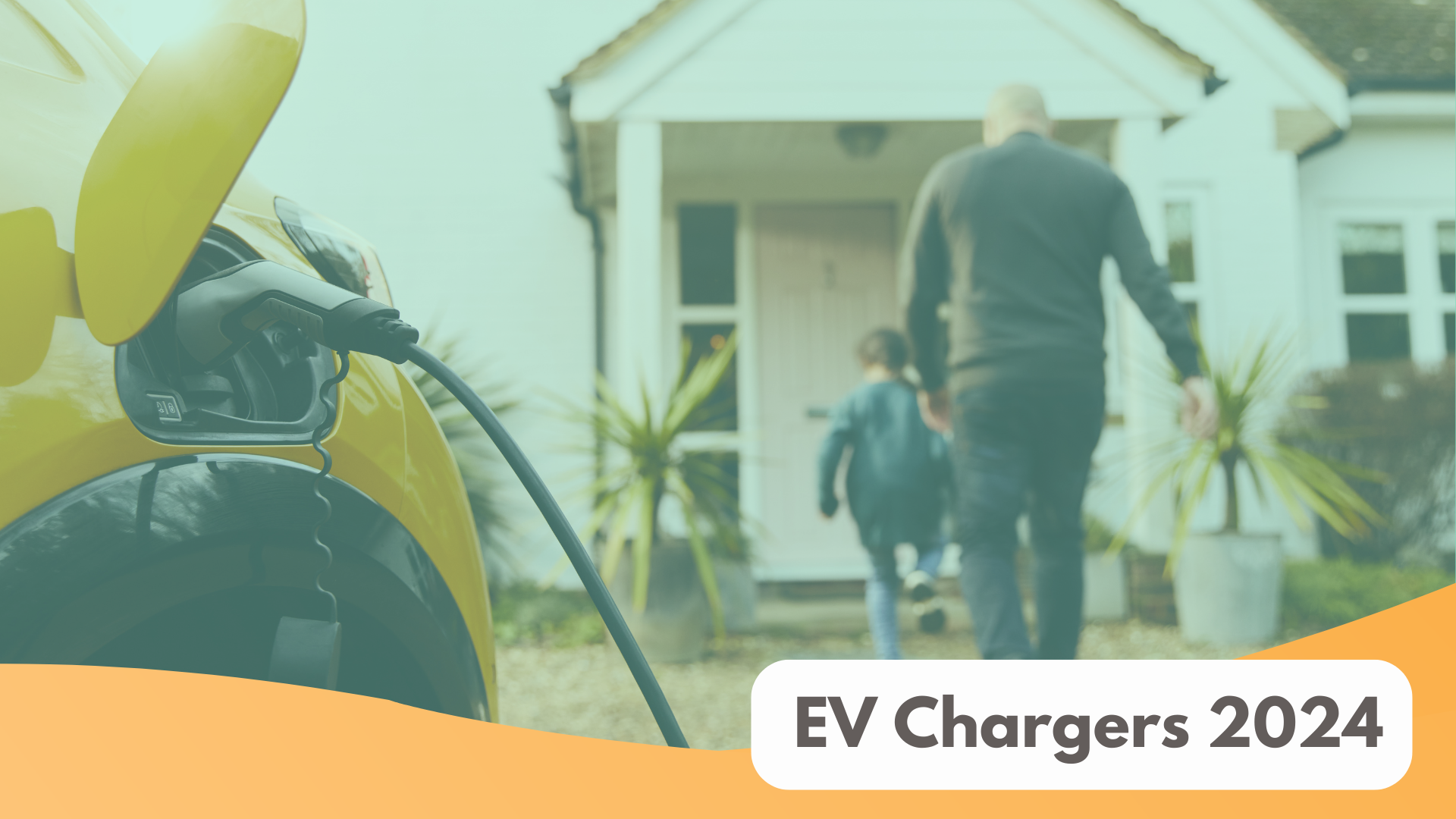
As the EV market grows, home chargers are becoming more and more common. Here are a few of our top pics in 2024 that cater for different budgets, use cases and styles.
1. Andersen A2
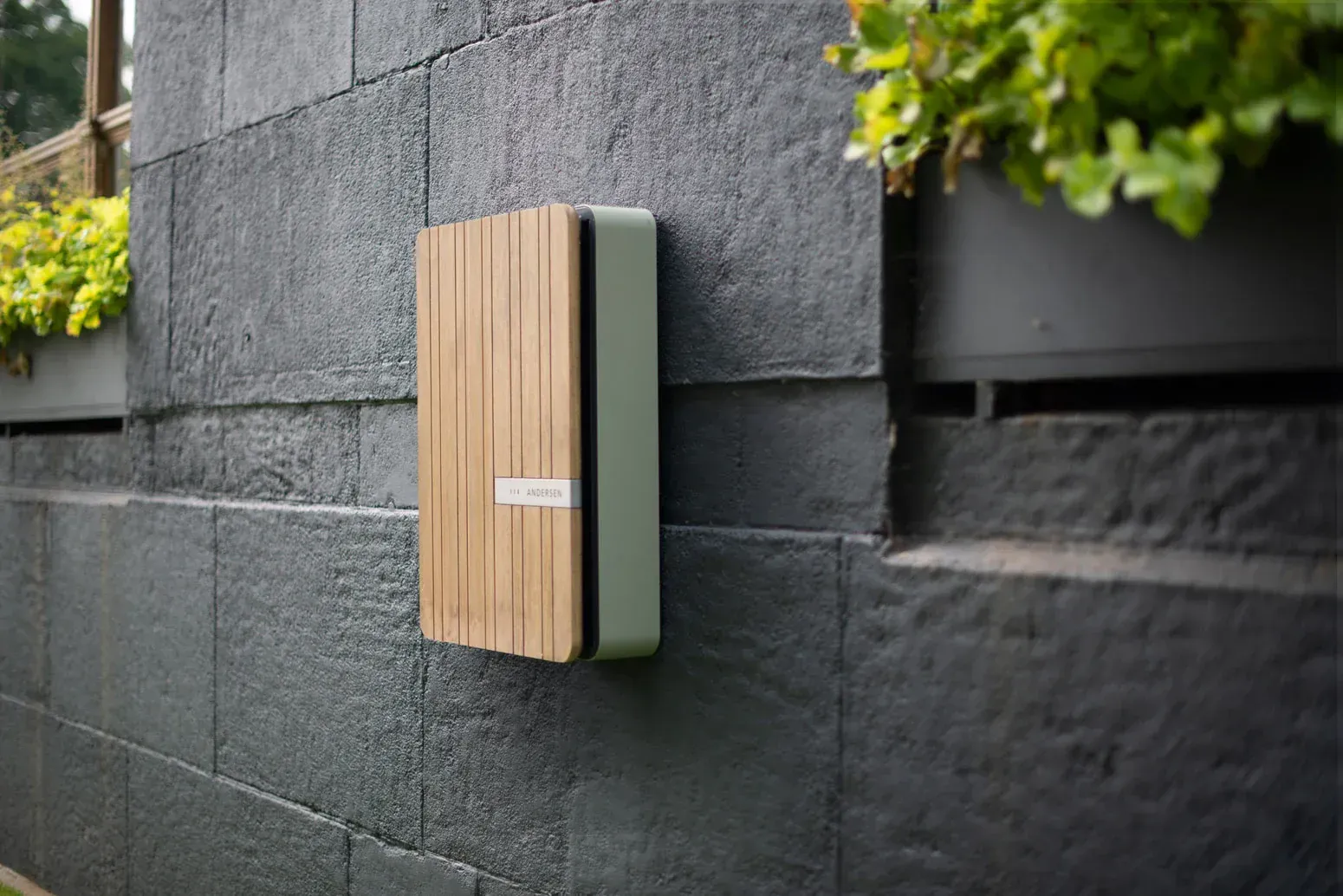
Price ~£1200
Connection: Tethered
Charging Speed: 7kW (Single phase), 22kW (three phase supply required)
Best for: Style
This is a good looking unit with the added benefit of inbuilt cable and charger head storage which is via an opening on the top of the box. There are a wide range of finishes such as woods, metals and matt colours to suit any house design. The app connected unit also allows for remote control, scheduled charging and more.
2. Easee One
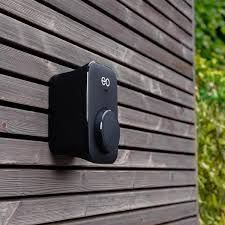
Price ~£500
Connection: Tethered & untethered
Charging Speed: 7.4kW
Best for: Budget & balance
This minimal charger is a great balance between looks and price. Developed in Norward but specifically for the UK market. The unit is 4G connected so you can control it remotely and it will receive updates automatically. The unit can also have 3 installations on a single phase, allowing you to charge 3 cars at the same time, with power being split evenly.
3. Myenergi Zappi
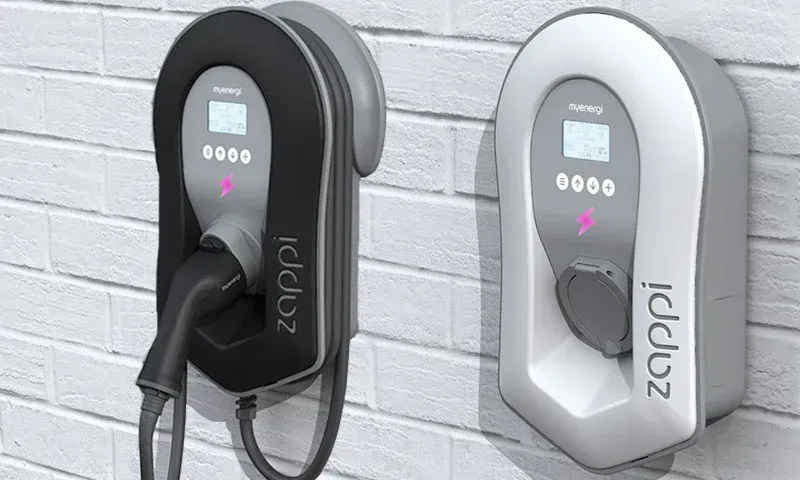
Price ~£800
Connection: Tethered & untethered
Charging Speed: 7.4kW or 22kw
Best for: Eco-feature & renewables
This charger might not be a looker, but it boasts a great range of features. With an integrated display and buttons let's you see progress, change settings, have a pin code systems and more. What's really impressive are the Eco features, the Zappi can integrate with your solar panels or wind turbines, and will monitor the incoming power to make best use of the energy available.






